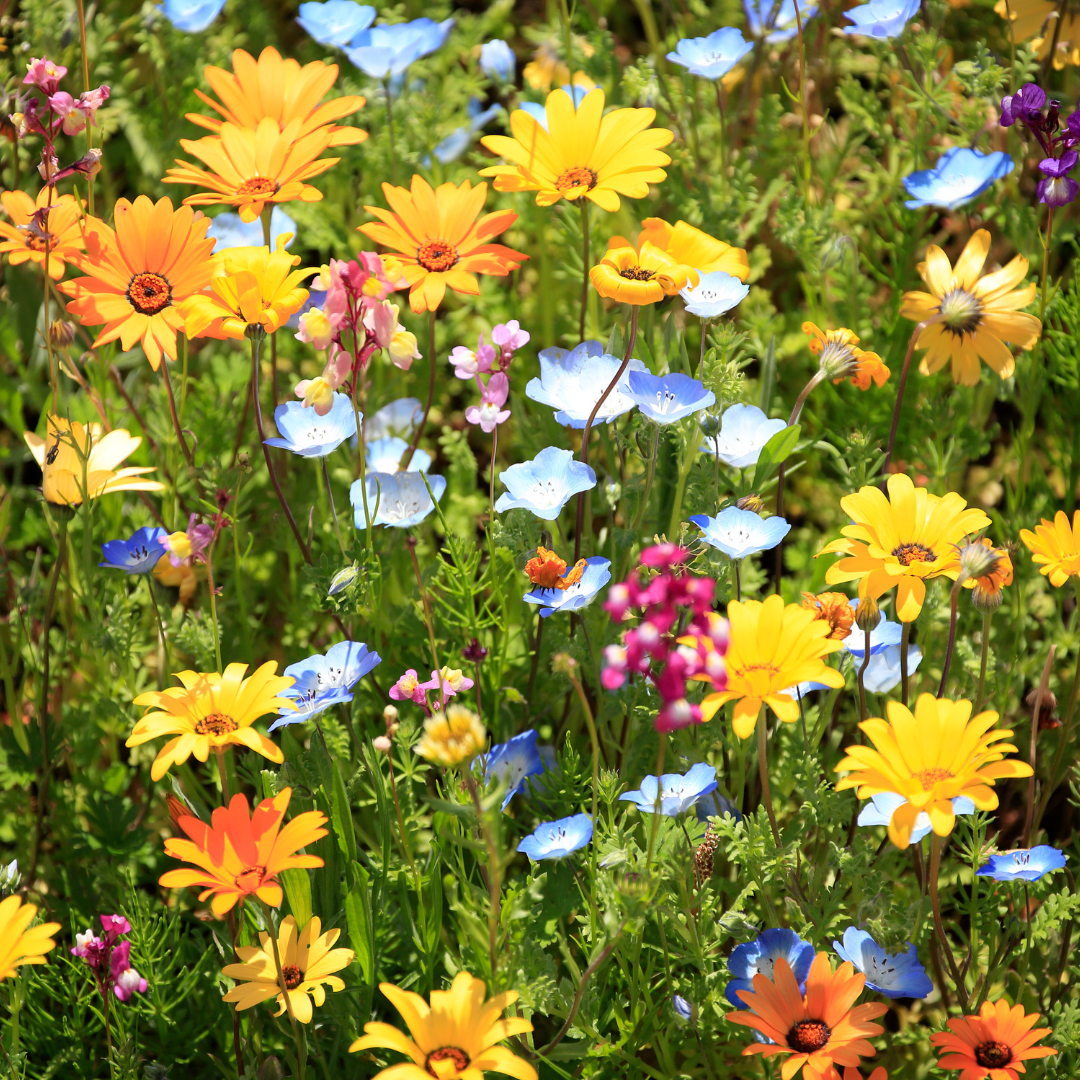Bees, nature's master pollinators, play an indispensable role in our ecosystems and agriculture, facilitating the pollination of a vast array of plants, including many crops humans rely on. Yet, the decline of bee populations worldwide due to habitat loss, pesticide exposure, diseases, and climate change poses a significant risk to global food security and biodiversity. The urgency to safeguard their future and, by extension, ours, is paramount. This article delves into the challenges bees face, offering practical advice on supporting these crucial pollinators through gardening tips, supporting local beekeepers, and advocating for bee-friendly policies.
Bee Conservation Strategies

Plant a Pollinator-Friendly Garden
Creating a garden that caters to the needs of bees is a powerful way to support them. Selecting native plants that bloom at different times of the year ensures a steady food source. Opting for plants with single-flower tops, such as daisies and marigolds, facilitates access to pollen and nectar. The diversity of your garden not only benefits bees but also enhances the overall health of your local ecosystem.

Minimize Pesticide Use
The adverse effects of pesticides on bees, even in low doses, can be detrimental. Embracing organic gardening practices and opting for natural pest control methods significantly reduces the risk to bees. If pesticides are necessary, choosing bee-friendly alternatives and applying them when bees are less active minimizes exposure.

Provide Water Sources
Water is essential for bees. Establishing a bee water station with a shallow dish and stones or pebbles for bees to land on ensures they have access to clean water. Maintaining the cleanliness and water level of the station is crucial for their survival.

Support Local Beekeepers
Local beekeepers are crucial in maintaining bee populations and their health. Purchasing local honey and bee products supports their efforts and sustainable practices. Participating in beekeeping societies or workshops can increase your understanding of bees and how to protect them.

Create Bee Habitats
Creating environments where bees can nest and breed is vital for their conservation. Leaving undisturbed land or constructing bee hotels provides solitary bees with necessary nesting sites. These habitats are essential for the proliferation of bee populations.

Advocate for Bees
Advocacy is a powerful tool in bee conservation. Supporting policies that protect bee habitats, restrict harmful pesticides, and promote biodiversity can have a significant impact. Community engagement in projects like pollinator gardens further raises awareness and support for bees.

